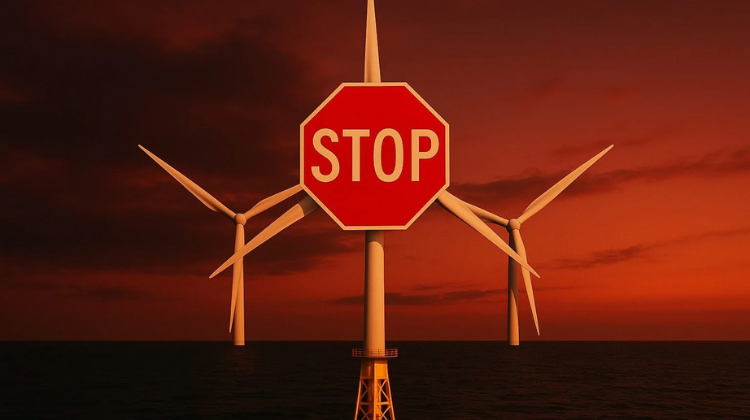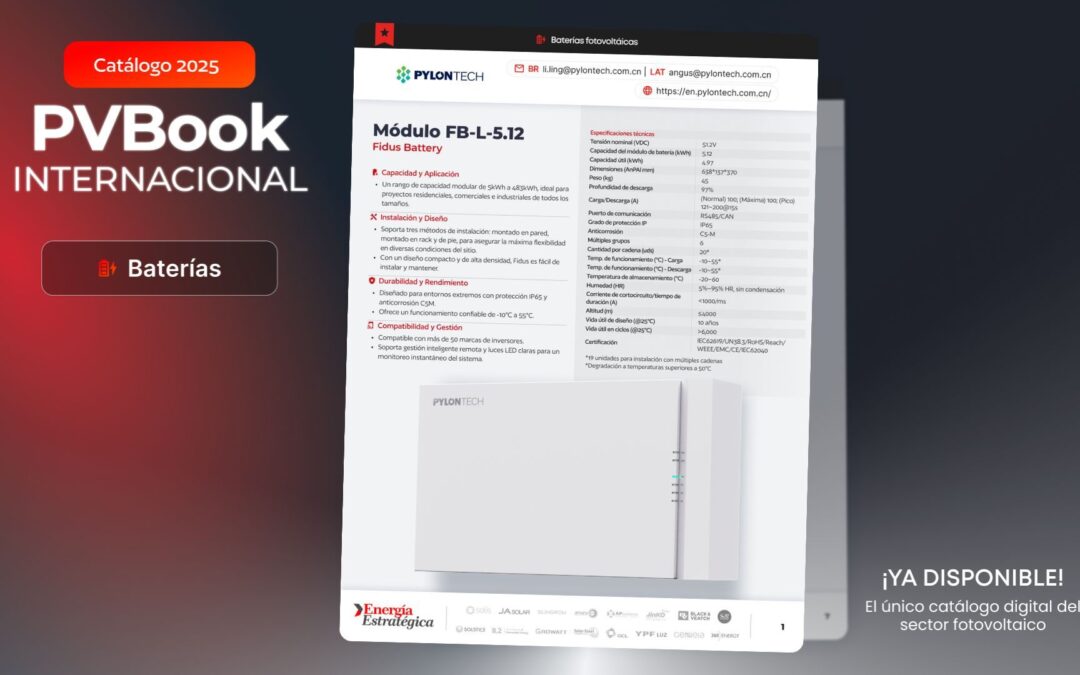The Ministry for the Ecological Transition and the Demographic Challenge (MITECO) has officially launched the country’s first demand-side grid access tender, making available 3,681 MW distributed across eight nodes experiencing high application pressure.
The measure marks a turning point in capacity management for large energy consumers within the framework of the energy transition.
The procedure, published on 17 July in the Official State Gazette (BOE), sets competitive criteria to allocate access in technically saturated areas. This establishes a selective model focused on promoting projects with high environmental, economic, and early-execution value.
The eight designated nodes amount to 3,681 MW of capacity: Cristóbal Colón (503 MW, Huelva), Palos (277 MW, Huelva), Terrer (410 MW, Zaragoza), Brazatortas (1,217 MW, Ciudad Real), Francolí (216 MW, Tarragona), Nuevo Vigo (182 MW, Vigo), Arrigorriaga (993 MW, Biscay), and Mercedes-Benz (387 MW, Vitoria).
This mechanism responds to growing demand from industrial sectors, data centres, railway operators, ports, and green hydrogen initiatives. Within this context, MITECO aims to balance access through objective parameters that ensure transparency and efficiency.
Evaluation criteria and technical priorities
The tender is based on three hierarchical criteria:
- Reduction of greenhouse gas (GHG) emissions: priority is given to projects that decarbonise energy-intensive industrial processes.
- Associated investment volume: the direct and indirect economic impact of each proposal is assessed.
- Timeframe for commissioning: the maturity and prompt implementation of the project are evaluated.
These criteria must be supported by financial guarantees of €25 per kW requested under each criterion, refundable once compliance is demonstrated.
The tender explicitly states that initiatives linked to the production of hydrogen, renewable gases, and the electrification of industry and mining will be given priority, as they are considered to replace fossil fuel demand.
Conversely, data centres will be assessed with lower priority, as they may lead to increased emissions due to potential thermal backup requirements.
The procedure approved in July can be seen as a pilot to validate the model before rolling it out to other parts of the system. Nodes such as CAPARACENA 400, MAGALLÓN 400, and J.M. ORIOL 400 are heavily saturated and could be included in future calls focused on storage or hydrogen.
The tender also involves a technical assessment process by Red Eléctrica, with a maximum resolution period of six months from the closure of the application submission window.
In addition, two key deadlines have been set: participants will have 15 working days to withdraw or modify their requested capacity, and 30 working days to submit documentation following the publication of the final list of admitted applicants.
In summary, the first demand-side access tender positions itself as a key instrument to prioritise industrial electrification in critical grid areas, through a technical approach that could redefine future access. The challenge lies in translating these criteria into effective awards and viable short-term projects.






























